Ryan Hall's Blog, page 262
April 25, 2016
Astronaut Runs London Marathon in Space
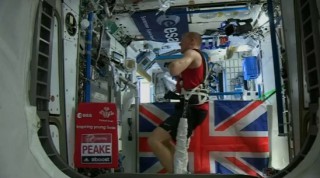
Out of about 38,000 London Marathon runners, Tim Peake was the only participant to complete the race in orbit 200 miles above Earth.
While strapped to a treadmill aboard the International Space Station, the 44-year-old British astronaut, finished the race on April 24 in 3:35:21. That makes Peake the second astronaut to run 26.2 miles in the ISS; astronaut Sunita Williams completed the Boston Marathon in 2007.
Peake was also the official starter of the 36th running of the London Marathon. “I’m really excited to be able to join the runners on Earth from right here on board the Space Station. Good luck to everybody running, and I hope to see you all at the finish line,” he said in a video message played at the starting line.
Although running in a zero gravity environment posed some challenges—hence the weight-bearing harness to keep Peake from floating off the treadmill—including muscle and bone density loss, Peake says the environment is actually ideal for post-race recovery. “The moment you stop running and the moment you get off that bungee system, your muscles are in a completely relaxed state. And I do think we recover faster up here from any kind of aches or sprains,” he said in an NPR report.
As for experiencing the race atmosphere in London, Peake used the RunSocial app where he was able to see a digital version of the marathon route in real-time on his iPad.
With or without the app, though, it’s arguable Peake had the most unique view of the course of any London marathoner as he tweeted this photo before the race:
Hello #London! Fancy a run? :) #LondonMarathon https://t.co/CvaUjUo7IU pic.twitter.com/SLckqOp8Gk
— Tim Peake (@astro_timpeake) April 24, 2016
The post Astronaut Runs London Marathon in Space appeared first on Competitor.com.
Scout Bassett: Striving For The Podium
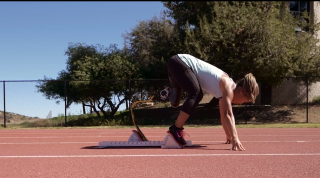
Becoming one of the best single amputee sprinters is neither a solitary nor simple journey—it requires a team of supporters to carry you through many ups and downs. And Scout Bassett knows this better than anyone. Watch as she takes us through the rigors of her workouts, how she leans on her training family for motivation, and why “I can’t” has been eliminated from her vocabulary as she strives for the podium this summer.
The post Scout Bassett: Striving For The Podium appeared first on Competitor.com.
Video: A Running Adventure in Cuba
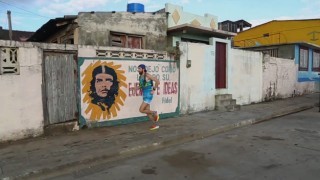
We spent several days running some of remote trails in the Sierra Maestra mountain range of Cuba. Check out some of our experiences in this initial highlight video and look for more soon at Competitor.com Also, check out photos of our trail running adventure.
The post Video: A Running Adventure in Cuba appeared first on Competitor.com.
Photos: A Trail Running Adventure in Cuba’s Sierra Maestra Mountains
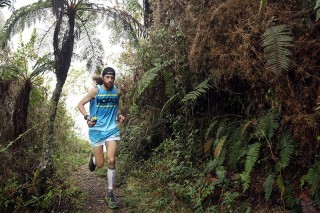
In early March, we spent several days running some of remote trails of the Sierra Maestra mountain range in Cuba. We ran the densely forested singletrack trails to the historic Comandancia de la Plata—Fidel Castro’s long-ago rebel camp that served as the birthplace of the Cuban Revolution—and up and over Pico Turquino, the highest peak in Cuba at 6,476 feet above sea level. Click through the photos below to see some of the scenes from the trails.
VIDEO: Trail Running Adventures in Cuba’s Sierra Maestra Mounatins
Photo Gallery
1 of {count}
Back to Start
View Larger Image
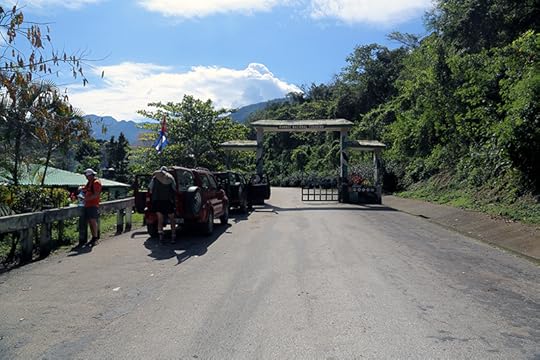
Trail Running in Cuba's Sierra Maestra Mountains
We started our three-day trail running adventure from the northern entrance of Turquino National Park after a three-hour drive from Santiago de Cuba. Photo: Steve Godwin
View Larger Image
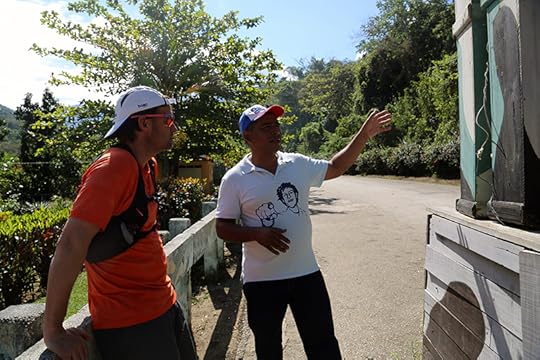
Trail Running in Cuba's Sierra Maestra Mountains
The park's entrance attendant thought we were nuts for wanting to run the crazy steep 5K road to the trailhead. Photo: Steve Godwin
View Larger Image
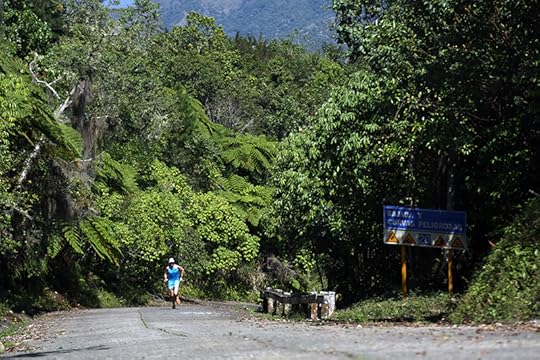
Trail Running in Cuba's Sierra Maestra Mountains
The road to the trailhead was crazy steep, an incline of nearly 30 percent at times. Photo: Steve Godwin
View Larger Image
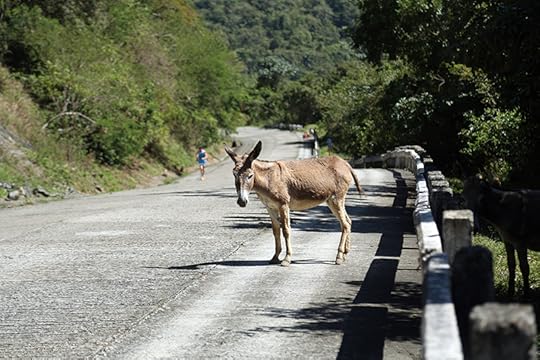
Trail Running in Cuba's Sierra Maestra Mountains
We didn't encounter any other runners (or hikers) but we did see a few wild burros. Photo: Steve Godwin
View Larger Image
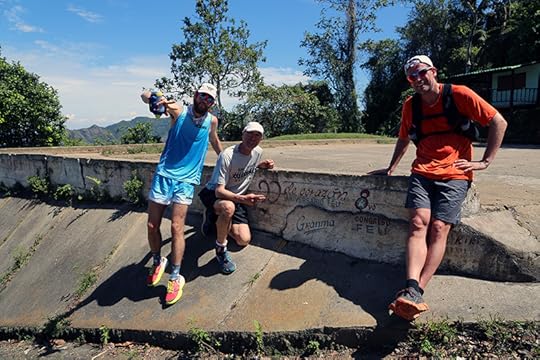
Trail Running in Cuba's Sierra Maestra Mountains
At the top of the road, we were greeted by a sign honoring the 82 freedom fighters who traveled from Mexico to Cuba on the Granma yacht in 1956 at the start of what would become the Cuban Revolution. The 12 who survived, including Fidel and Raul Castro and Che Guevara, hid out in the San Maestra Mountains and organized a guerrilla army to overthrow dictator Fulgencio Batista's regime. Photo: Steve Godwin
View Larger Image
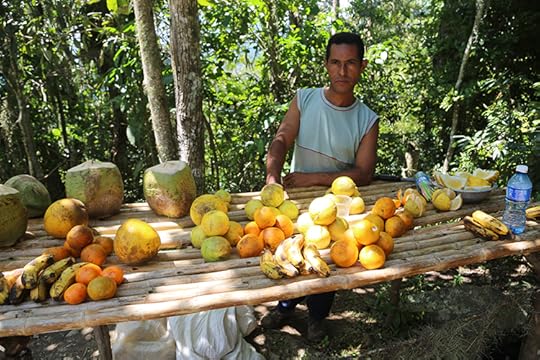
Trail Running in Cuba's Sierra Maestra Mountains
This fruit stand was set up with the intent of selling fresh bananas, coconuts, oranges and mangos to tourist hikers. Photo: Steve Godwin
View Larger Image
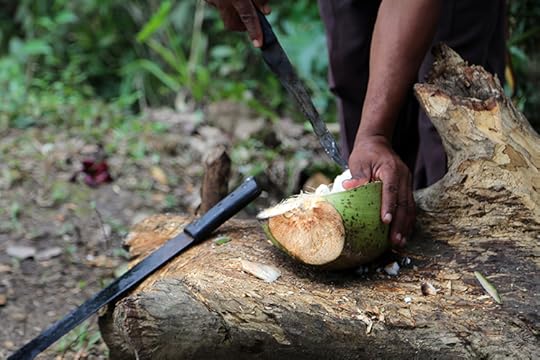
Trail Running in Cuba's Sierra Maestra Mountains
We enjoyed the water and meat from freshly cut coconuts as an energy snack. Photo: Steve Godwin
View Larger Image
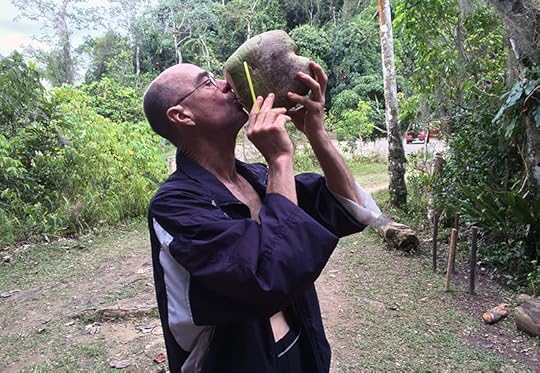
Trail Running in Cuba's Sierra Maestra Mountains
Coconut water is one of nature's greatest natural hydration drinks. Photo: Brian Metzler
View Larger Image
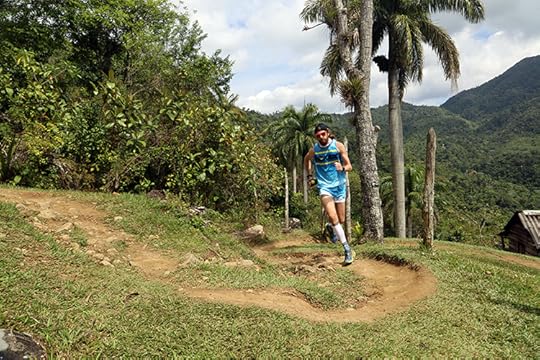
Trail Running in Cuba's Sierra Maestra Mountains
We ran 6K on singletrack trails to the historic Comandancia de la Plata. Some of the trails were buffed out and smooth, but most were technical and rugged. Photo: Steve Godwin
View Larger Image
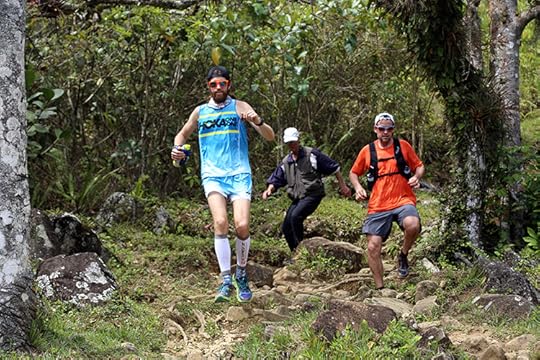
Trail Running in Cuba's Sierra Maestra Mountains
No doubt consistent foot travel over those trails could have hardened rebel soldiers back in the day, just as they might strengthen aspiring trail runners or fatigue undertrained tourists in modern times. Photo: Steve Godwin
View Larger Image

Trail Running in Cuba's Sierra Maestra Mountains
This sign points the way to the well-preserved wooden cabin hidden deep in the forest where Fidel Castro lived in the late 1950s as he organized an army to overthrown the Bautista regime. Photo: Steve Godwin
View Larger Image
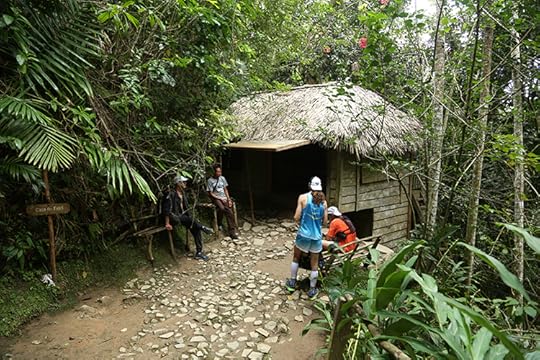
Trail Running in Cuba's Sierra Maestra Mountains
We were awestruck by the Casa de Fidel, which included numerous well-preserved, rudimentary wooden cabins where, in 1958, Fidel Castro and his guerrilla army plotted their quest to free Cuba from the corrupt Batista regime. Photo: Steve Godwin
View Larger Image
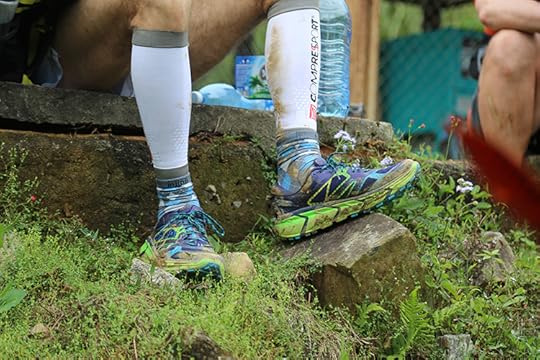
Trail Running in Cuba's Sierra Maestra Mountains
The trails were wet, muddy and very rocky. Photo: Steve Godwin
View Larger Image

Trail Running in Cuba's Sierra Maestra Mountains
An example of some of the colorful flora found inside the park. Photo: Brian Metzler
View Larger Image
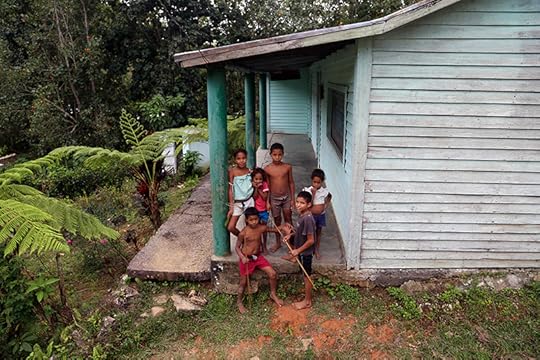
Trail Running in Cuba's Sierra Maestra Mountains
These kids were eager to see gringo trail runners show up in their remote mountain village inside the park. We stayed in a bunk house in the village on the first night of our trip. Photo: Steve Godwin.
View Larger Image
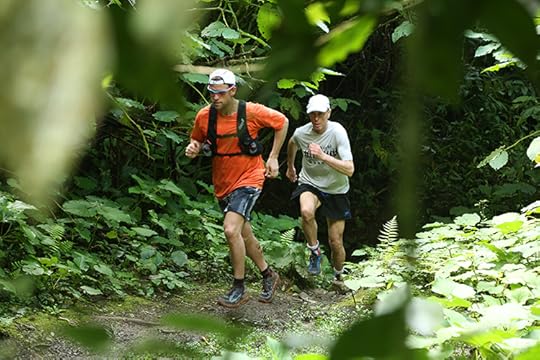
Trail Running in Cuba's Sierra Maestra Mountains
On the second day of our adventure, we headed out on the steep trails toward Pico Turqunio. Photo: Steve Godwin
View Larger Image
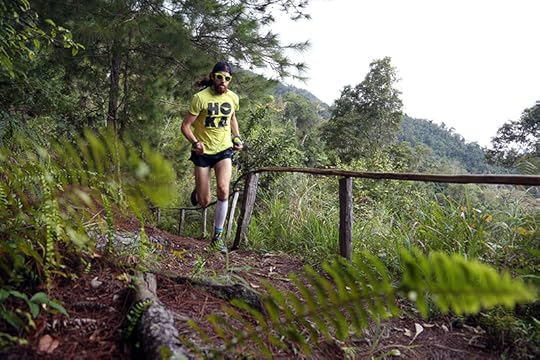
Trail Running in Cuba's Sierra Maestra Mountains
Unfortunately, the splendor and excitement amid the lush vegetation and stunning views led us to a wrong turn, and instead of veering to the south to reach the trail that would take us to the high camp, we inadvertently veered north and wound up right back where we started at La Platica. That meant having to reverse our tracks and run back up to the fork in the trail to continue upward. Photo: Steve Godwin
View Larger Image
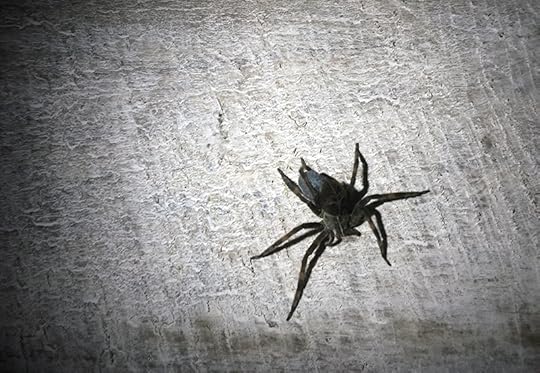
Trail Running in Cuba's Sierra Maestra Mountains
Here's one of the critters we found in our cabin near the top of the mountain on our second night in the park. We gently relocated it outside. Photo: Michael Wardian
View Larger Image
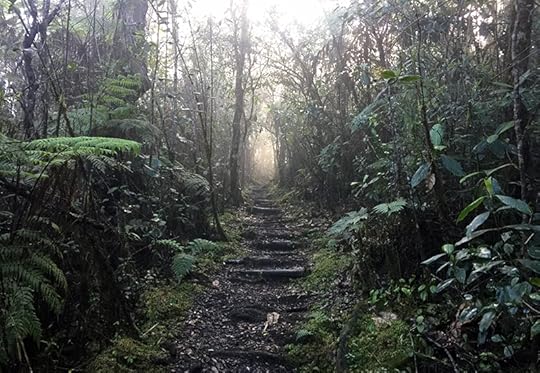
Trail Running in Cuba's Sierra Maestra Mountains
We arose before sunrise on the third morning of our adventure and, after a very steep and strenuous 5K hike, reached the top of Pico Turquino.
View Larger Image
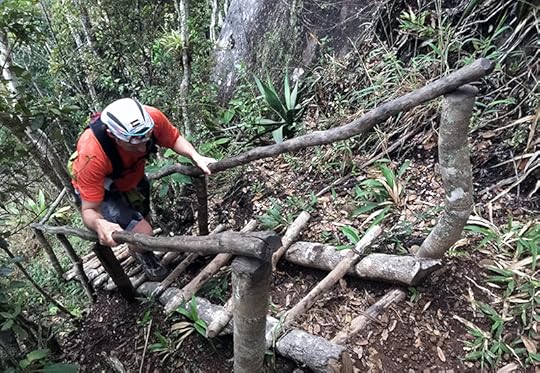
Trail Running in Cuba's Sierra Maestra Mountains
The steepest part of the trek up to the peak included climbing this rickety ladder. Photo: Michael Wardian
View Larger Image
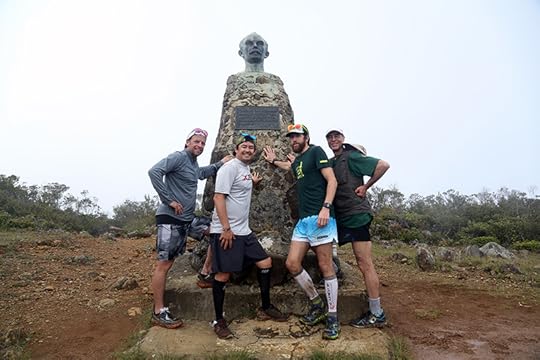
Trail Running in Cuba's Sierra Maestra Mountains
At the top, we were greeted by a solemn statue of revered 19th century Cuban writer and philosopher José Martí, who, amid all of the change and struggle Cuba has faced, is still admired as the country’s preeminent national hero and its original champion of independence, reason and universal truth. “Scarce as the mountains are the men who look down from them and feel their nation, or their humanity, move inside them.” That quote, written in Spanish, was engraved on a plaque below the bronze bust of Martí that was placed on the peak in 1953 to mark the centenary of his birth.
View Larger Image
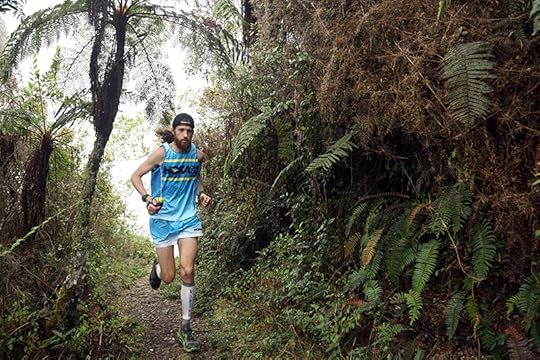
Trail Running in Cuba's Sierra Maestra Mountains
Aside from a couple of torrential rain storms at night, the weather was ideal for running, even if a bit humid. Photo: Steve Godwin.
View Larger Image
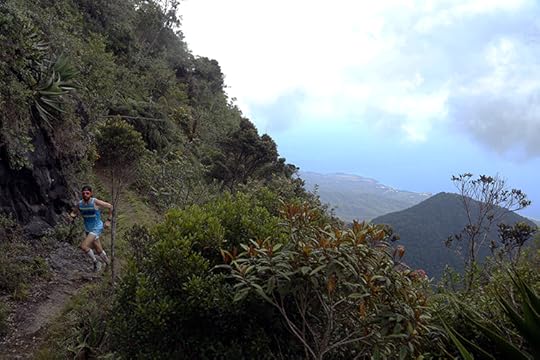
Trail Running in Cuba's Sierra Maestra Mountains
The way down from the peak was steep in places, but the view of the Caribbean Sea was inspiring. Photo: Steve Godwin
View Larger Image
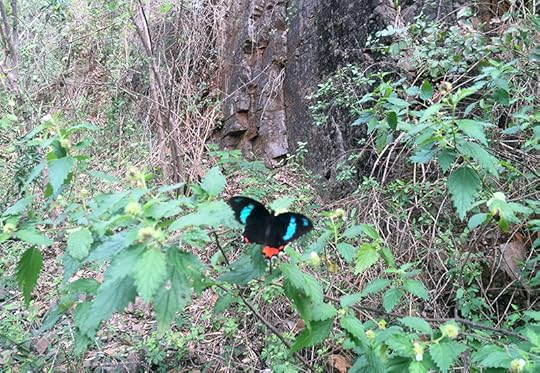
Trail Running in Cuba's Sierra Maestra Mountains
We saw a wide range of wildlife on the trails, ranging from colorful butterflies to wild pigs. Photo: Michael Wardian
View Larger Image
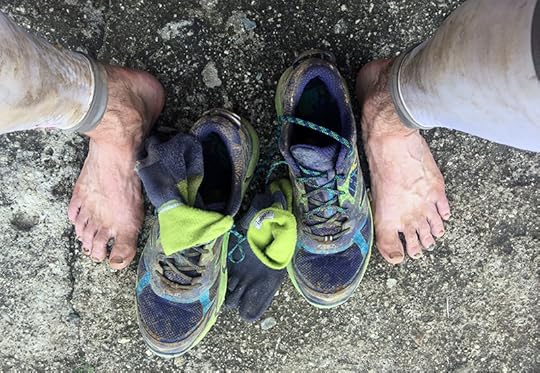
Trail Running in Cuba's Sierra Maestra Mountains
After three days on the trails, we were looking forward to a little bit of rest and relaxation. Photo: Michael Wardian
View Larger Image
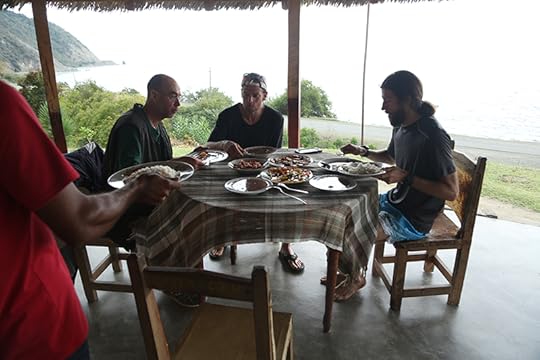
Trail Running in Cuba's Sierra Maestra Mountains
When we completed the 11K descent down from Pico Turquino, we feasted on rice, beans and fresh vegetables at the park's southern entrance along the Caribbean Sea. Photo: Steve Godwin
View Larger Image
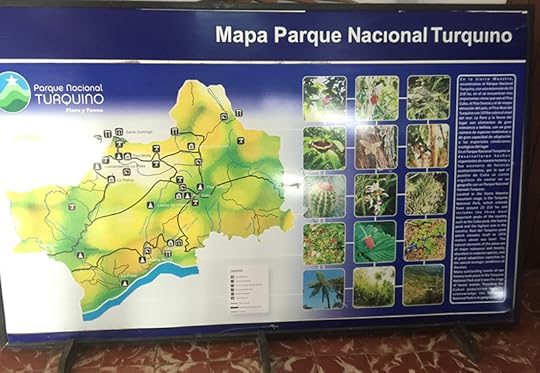
Trail Running in Cuba's Sierra Maestra Mountains
Turquino National Park is a primitive but well-maintained park with plenty of signage. Photo: Michael Wardian
View Larger Image
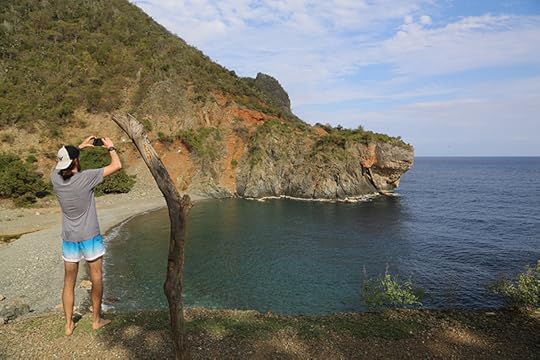
Trail Running in Cuba's Sierra Maestra Mountains

More Galleries
The post Photos: A Trail Running Adventure in Cuba’s Sierra Maestra Mountains appeared first on Competitor.com.
Pro Tips For Bouncing Back From A Disappointing Race
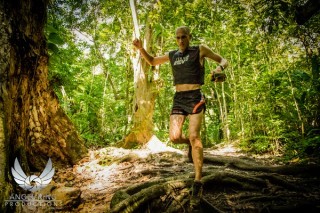
Yassine Diboun learned from his mistakes at the 2015 HURT 100, returning in 2016 to run a strong race. Photo: Angel King
At mile 60 in the steamy 80-degree mountainous rainforest above Honolulu, elite ultrarunner Yassine Diboun was lying on his back with severe stomach cramps, nausea, dizziness and chills, debating whether to drop out or forge ahead through the remaining 40 miles of the 2015 H.U.R.T. 100, one of the most grueling ultra-distance races in the country.
“I was completely overwhelmed by how I was going to get through that next section of treacherous trail,” Diboun says. The course consists of five identical 20-mile laps of rooty, rocky single-track trail with 24,500 feet of elevation gain as well as mud wallows and wild roaming pigs. Historically, the average finishing rate is around 30 percent.
Having completed nine 100-milers during the past decade, he was used to pushing through rough patches, but this time he was dangerously dehydrated from vomiting, which he’d never experienced in a race. He called it quits.
Afterward, he analyzed what went wrong: he hadn’t carried enough fluids, he briefly got off course early in the race which threw off his focus, and he was still battling a stomach virus that he thought had run its course.
Despite his initial disappointment, Diboun has learned to take the good with the bad and encourages the runners he coaches to do the same.
“We can use subpar races as stepping stones and learn from them,” he says.
Two days after the race, he resolved to return to the H.U.R.T. in 2016.
***
Matt Flaherty, a 30-year-old professional ultrarunner, marathoner, and running coach, agrees with Diboun on putting disappointing races in perspective, whatever the distance.
“There’s as much to be learned and enjoyed from the journey as the race,” Flaherty says. “If you achieve your goal every single race, you’re probably not setting challenging enough goals.”
And while there are numerous reasons why races don’t go as planned—such as illness, suboptimal training, and inadequate fueling—one of the most common reasons people fall short of their goals is poor pacing, especially in marathons and ultras, Flaherty says.
“Often people go out too aggressively and they kind of blow up,” he explains. “There’s a temptation to want to bank time, and a temptation when you see other people going out hard to want to go with them.”
To avoid these mistakes, Flaherty incorporates progression runs, or getting faster toward the end of your run, into his clients’ and his own training.
He also advises people to run by feel instead of relying on their GPS watches or heart-rate monitors, data from which can be useful—but mostly for analysis after your run, not so much during it.
“Instead of always looking at a number and reacting to it, you want to pay attention to your sensory data—your heart rate, your breathing, your perceived effort level and figure out what you need to do and make small adjustments,” he says, which will help you learn what type of pace you can maintain.
And when you do experience bad patches, you can usually get through them by staying engaged and positive, although that’s tough to do even for the most seasoned runners, Flaherty says.
“Instead of focusing on your pain or how long you have to go, focus on how you can be more efficient right now. Even if you don’t meet your A goal, in retrospect you can usually take pride in having fought as hard as you could and knowing that you did,” he says.
***
In January 2016, Diboun, now 37 years old, returned to Hawaii from Portland, Ore., his hometown—this time, four days prior to the race instead of two, giving his body time to acclimate. While sitting on Waikiki beach with waves lapping at his feet, he visualized each segment of the course, just as he had during training.
“When I use imagery, I see myself from above running down the trail strong, thanking the volunteers at the aid stations, and coming into the finish line with a smile,” he says. “In endurance sports, mental stamina is just as important as the physical training.”
He also repeated two mantras throughout the race: This is my day and I’m made for this shit.
On the trail, he doubled his fluid intake from the previous year—sipping about 40 ounces of an energy drink every seven miles, and swilling down fresh coconut water served up by Michael Arnstein, winner of the 2015 H.U.R.T., who’d set up a table with 100 coconuts and a machete. Each time a runner came through, Arnstein lopped off the top of a coconut and handed it to them.
Just as he’d envisioned, Diboun had an ideal race. He placed third with a time of 22 hours and 39 minutes, planting a kiss on the finish line sign imprinted with the H.U.R.T.’s slogan: We wouldn’t want it to be easy.
“That race was so irrational in every way that for me it was the ultimate test of mental and physical endurance,” he says. “The thought of dropping never entered my mind.”
****
About The Author:
Cate Hotchkiss is a marathoner and freelance writer based in Hood River, Oregon. In December 2015, she missed her A goal of qualifying for Boston by several minutes—she plans to try again in June.
The post Pro Tips For Bouncing Back From A Disappointing Race appeared first on Competitor.com.
11 Plank Exercises That Build Core Strength for Runners
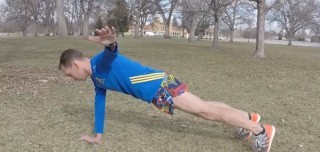
When you were a kid, you probably did sit-ups for an ab workout. But is the sit-up the best ab exercise?
That’s actually a simple question: the answer is no way! There are far better ab exercises than a simple sit-up, which can exacerbate back problems and only focuses on one small area of the abdominals.
And while you’ll develop tremendous ab strength by doing heavy squats, deadlifts, and other traditional weightlifting exercises, not all of us can throw around heavy iron at the gym.
Luckily for us runners, there are a variety of plank exercises that helps us build the core strength necessary for more efficient running form and fewer overuse injuries.
The plank is a versatile exercise as it strengthens the:
Rectus Abdominus (these are what you see if you have six-pack abs)
Internal and external obliques (the part of your abs on the side of your torso)
Transverse Abdominus (the deepest part of your abs that support your spine)
Hips (always important for runners)
Back (particularly important for runners, especially the lower back)
Glutes (strength is good – a shapely booty is a nice bonus!)
If you regularly do a plank workout, you know how simple they are. They can be done virtually anywhere and require no equipment. They’re perfect for beginners—and even the fastest of runners.
No matter what race you’re training for or your ability level, planks are a fantastic ab exercise to incorporate into your core strengthening program.
I do them regularly as part of the Standard Core Routine.
And they’re included in many other strength and core routines that are critical to injury prevention.
But the standard plank only gets you so far. After about 1-2 months, your fitness gains will plateau and you’ll stop getting as much strength from this exercise.
What you must do is progress to more difficult variations of the exercise to continue getting stronger.
So I’m excited to introduce a new video (and free PDF download) showing you 11 tpes of planks!
Introducing: The Gauntlet Plank Workout
For days when you’re short on time, Gauntlet is a good option: with 11 time-based exercises, you can do each one for just 30 seconds and still get in a solid core workout.
Here’s the full Gauntlet Plank Workout:
Here’s a text description for each type of plank exercise:
1. Pushup Plank
In a prone position, prop your weight on your hands and toes. Keep a straight line from your head to your feet and brace your abs to maintain a neutral position.
2. Side Arm Raise (in Pushup position)
In the Pushup Plank position, raise your left arm to the side of your body so it is parallel to the ground and perpendicular to your torso. Hold for two seconds and return to the starting position. Repeat on the opposite side.
3. Front Arm Raise (in Pushup position)
In the Pushup Plank position, raise your left arm so it’s parallel to the ground. Hold for two seconds and return to the starting position. Repeat on the right side. Maintain a neutral spine position for the duration of the exercise.
4. Forearm Plank
In a prone position, prop your weight on your forearms and toes. Keep a straight line from your head to your feet and brace your abs to maintain a neutral position.
5. Pushup Plank Shuffle
In the Pushup Plank position, take two steps to the left and then two steps to the right. Alternate with your left arm and right leg and then your right arm and left leg.
6. Forearm to Pushup Plank
Begin in the Pushup Plank position and carefully lower yourself to the Forearm Plank position. Alternate positions for the duration of the exercise.
7. Spiderman Plank
In the Pushup Plank position, bring your left knee to your left elbow and hold it for about two seconds. Return to the starting position and repeat with your right leg.
8 Alternating Leg Lifts (Pushup)
In the Pushup Plank position, raise your left leg about 12-18 inches off the ground. Hold for two seconds and return to the starting position. Repeat on the opposite side. Ensure good form by maintaining a braced, neutral spine position and activating the glutes to help lift your leg.
9. Two-Point Pushup Plank
In the Pushup Plank position, raise your left leg off the ground while lifting your right arm at the same time. Your left leg should be about 12-18 inches off the ground and your right arm should be parallel to the ground. Hold for about 2 seconds and then return to the starting position. Repeat with the opposite leg and arm.
10. Alternating Leg Lifts (Forearm)
In the Forearm Plank position, raise your left leg about 12-18 inches off the ground. Hold for two seconds and return to the starting position. Repeat on the opposite side. Ensure good form by maintaining a braced, neutral spine position and activating the glutes to help lift your leg.
11. Two-Point Forearm Plank
In the Forearm Plank position, raise your left leg off the ground while lifting your right arm at the same time. Your left leg should be about 12-18 inches off the ground and your right arm should be parallel to the ground. Hold for about 2 seconds and then return to the starting position. Repeat with the opposite leg and arm.
For more, including Frequently Asked Questions, visit Strength Running.
* * *
About the Author:
Jason Fitzgerald is the head coach at Strength Running, one of the web’s largest coaching sites for runners. He is a 2:39 marathoner, USATF-certified coach and his passion is helping runners set monster personal bests. Follow him on Twitter @JasonFitz1 and Facebook.
The post 11 Plank Exercises That Build Core Strength for Runners appeared first on Competitor.com.
When Imbalance is a Good Thing: Build Strength With Balance Boards
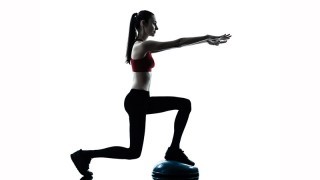
It seems as though the use-it-or-lose-it list grows longer on the daily, with functional strength and balance being two of those essential things you don’t think about until they begin to falter.
If nagging lower leg injuries are becoming the norm or you’re stumbling more often, lack of foot strength, limited ankle mobility and leg-muscle imbalances may be to blame.
“The health of our feet, good or bad, directly relates to our run health,” says Eric Orton, an endurance athlete, coach and author of The Cool Impossible. “How we use the feet correlates to how well we activate proper muscle firing patterns up through the hip and ultimately creates equilibrium and stabilization.”
Orton says focused foot strengthening exercises, as well as focusing on support muscles in ankles, hips and even the spine, muscles that are often overlooked, are essential when it comes to developing healthy patterns in running muscles.
“If you really think about it, our feet are the only thing touching the ground. They control movement, provide feedback about where you are in space and are the first line of stability and strength,” Orton says. “We are only as strong as our feet. If the leg muscles overpower the feet/suspension system, injury occurs.”
Foot massages, single-leg balance exercises, scrunching a towel with your toes and rolling your arches over a golf ball are good starting points to work on engaging under-utilized muscles. Incorporating activities like single leg drills and even jumping rope help to improve proprioception.
RELATED: Single-Leg Drills for Balanced Running
You can also up the effort factor by taking your workout off-kilter on a balance or wobble board. When using these inherently unstable tools, more muscle groups, from your feet to your core, are necessary to keep you upright, turning even basic squats into a dynamic strengthening workout.
“We need to get past the idea that slant boards and wobble boards are for stretching and balance, to the idea that the feet need to be trained to enhance performance and mitigate injury and muscle tightness,” says Orton, who thinks balance boards are an essential strengthening tool. “If we can changes runners’ perspective on muscle tightness and equilibrium, it will help reshape the concept of true strength for runners, ultimately helping them feel better with less muscle tightness.”
For performing exercises on a balance board, once you adjust to the unsteady aspect (don’t feel bad if simply balancing is a workout in itself!), try working through your standard mobility exercises. Squats, single-leg squats, tree pose, single-leg deadlifts, dumbbell curls and kickbacks—all become infinitely more challenging when using a balance board.
Many gyms have some sort of balance equipment, like the popular BOSU Balance Trainers. See if yours offers classes or try a workout on your own. If you prefer to balance in privacy, check out this list of options. Just be sure to clear plenty of space before you start your workout and hold onto a counter, hiking poles or a friend, if needed, as you adjust!
RELATED: 6 Balance-Board Options for Unique Strength Work
The post When Imbalance is a Good Thing: Build Strength With Balance Boards appeared first on Competitor.com.
6 Balance-Board Options for Unique Strength Work
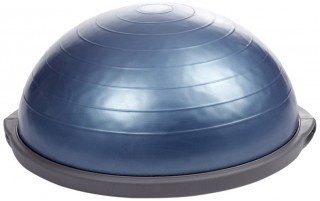
Functional strength and balance can be worked by doing single-leg drills or buying equipment that specifically forces additional balance—which can be great for your running.
RELATED: When Imbalance is a Good Thing—Build Strength With Balance Boards
Here are a few products on the market that can take your strength work to another level—and benefit your running in the meantime.
Photo Gallery
1 of {count}
Back to Start
View Larger Image
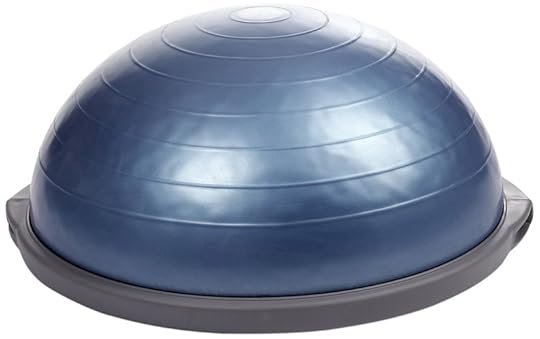
BOSU Pro Balance Trainer
It looks innocent enough, but this gym standard delivers muscle burning full body workouts. Use if half-dome or flat side up depending upon the exercise. It comes with a pump and suggested workouts. ($130, bosu.com)
View Larger Image
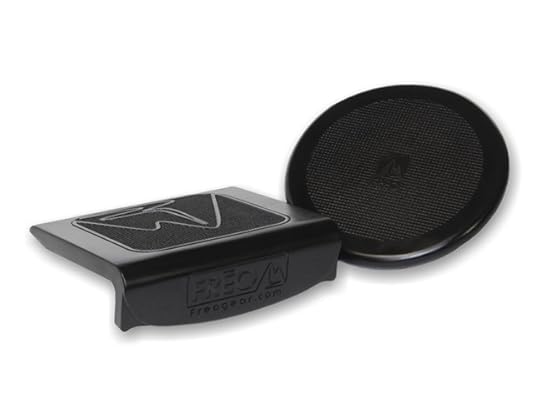
FREO Slant Board and Stability Disc
Created by Eric Orton, these little boards pack a big punch—a smaller surface area means you are balancing on your forefoot—and easily fit in a suitcase or duffle for leg strengthening on the go. ($70, freogear.com)
View Larger Image
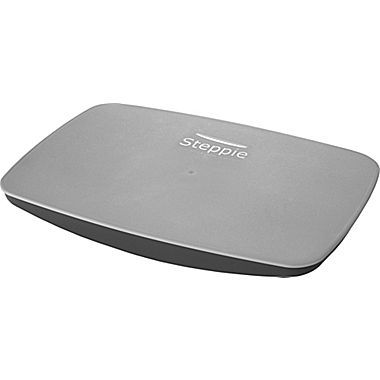
Steppie Balance Board
Now that you’ve adjusted to a standing desk, reap even more proprioception benefits by using a gentle balance board. It has just enough movement to keep muscles firing without causing you to spill coffee on your keyboard. ($130, victortech.com)
View Larger Image
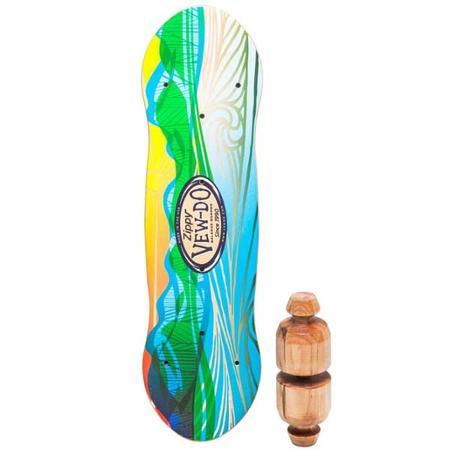
Vew-Do Zippy Balance Board
If you like SUPing, snowboarding or skateboarding when you aren’t on the run, or just want to pretend that you do, this board lets you hone front-to-back and side-to-side agility while getting a fun workout. ($140, vewdo.com)
View Larger Image
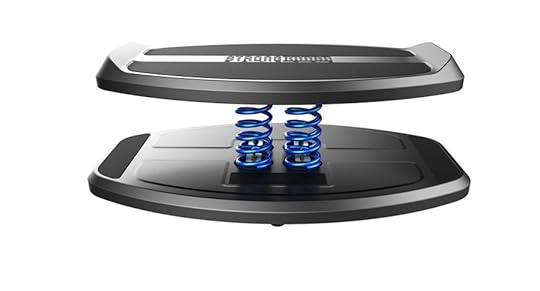
Strong Board Balance
A large platform gives more room and options for workouts (use it for pushups, stand on it sideways to mimic a paddleboard, stand comfortably for squats), while heavy gauge springs keep muscles guessing. ($269, strongboardbalance.com)
View Larger Image
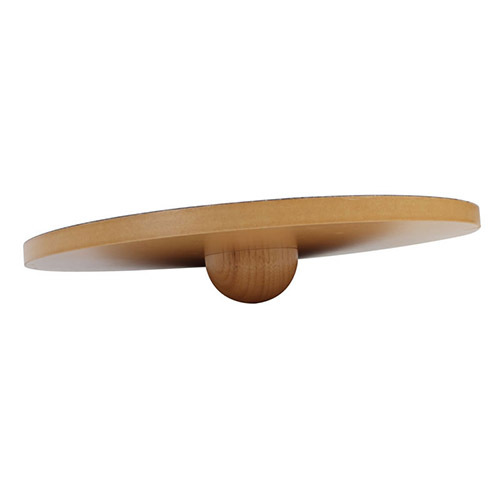
Wooden Wobble Board
Get 360 degrees of workout wobble at a sweet price point. Use it for squats and one-legged drills or park it at your standing workstation for to reap improved mobility simply by staying in one place. ($25, physioroom.com)

More Galleries
The post 6 Balance-Board Options for Unique Strength Work appeared first on Competitor.com.
Shoe Talk: Salomon S-Lab Sonic and Sonic Pro
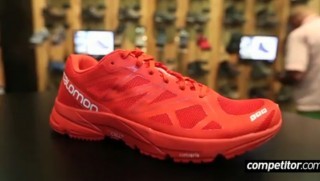
Salomon is known for its off-road shoes, but professional runner and Salomon athlete Max King breaks down two road shoes Salomon has introduced in 2016—the S-Lab Sonic and the Sonic Pro.
RELATED: New Balance Leadville v3
The post Shoe Talk: Salomon S-Lab Sonic and Sonic Pro appeared first on Competitor.com.
April 24, 2016
Photos: The Beautiful Scenery of the La Jolla Half Marathon
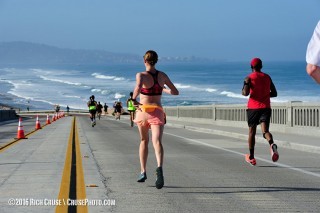
One of Competitor’s bucket-list half marathons, the 2016 La Jolla Half Marathon took place Sunday in San Diego, California. The race starts at the Del Mar Fairgrounds and goes south along the Pacific coastline and finishing near La Jolla Cove. The winners were Jamaal Ryan (1:19:11) and Bonnie Keating (1:22:35).
Here are some images of the race and its amazing scenery. All photos taken by Rich Cruse:
Photo Gallery
1 of {count}
Back to Start
View Larger Image
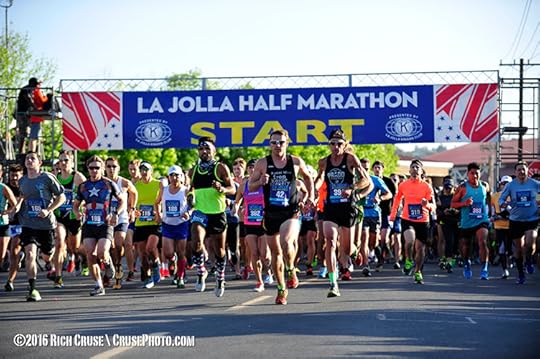
View Larger Image
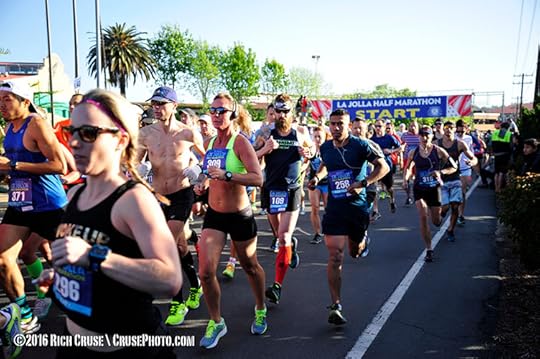
View Larger Image
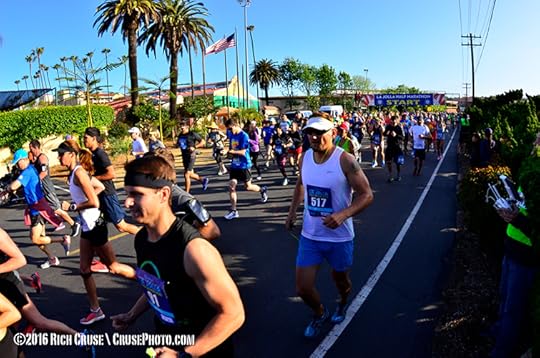
View Larger Image
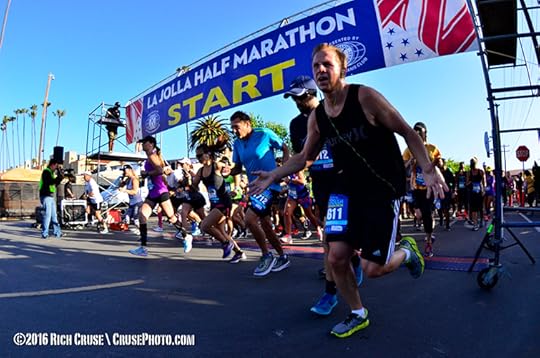
View Larger Image
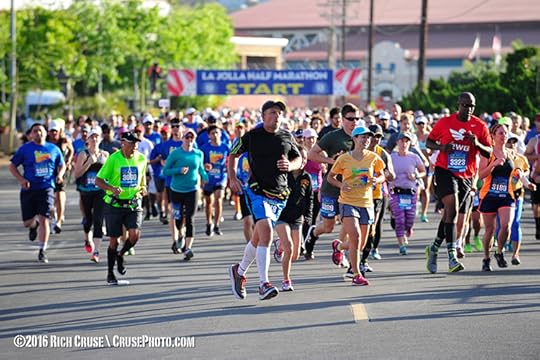
View Larger Image
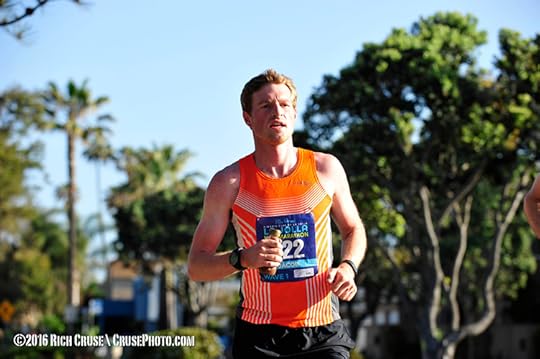
View Larger Image
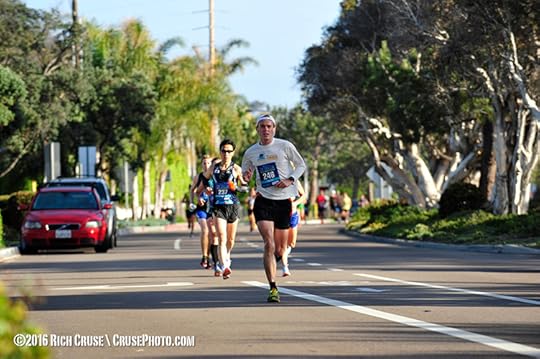
View Larger Image
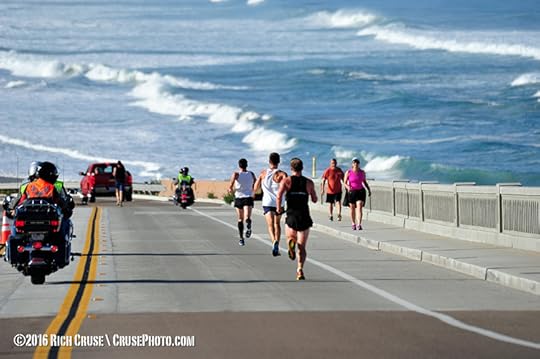
View Larger Image
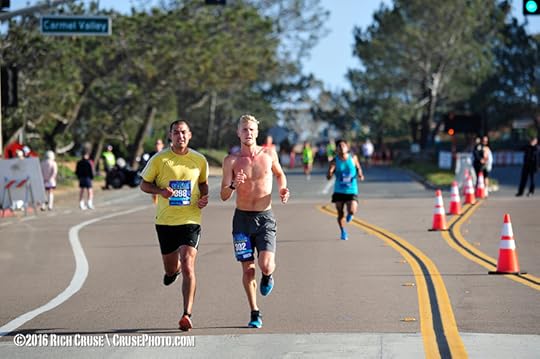
View Larger Image
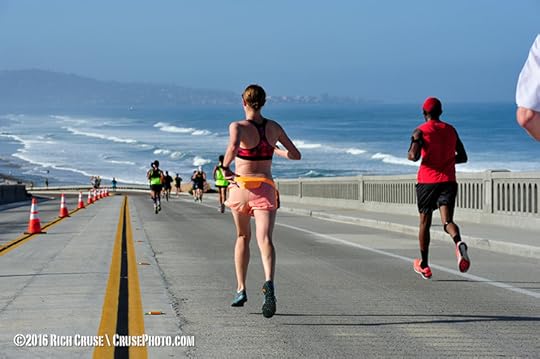
View Larger Image
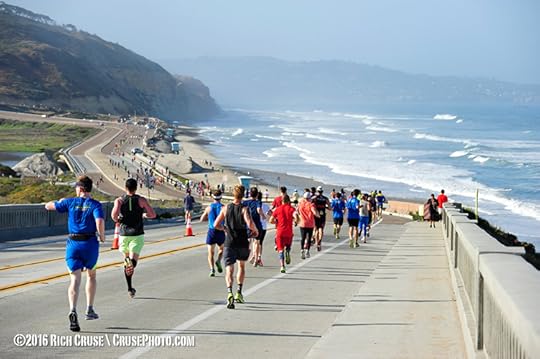
View Larger Image
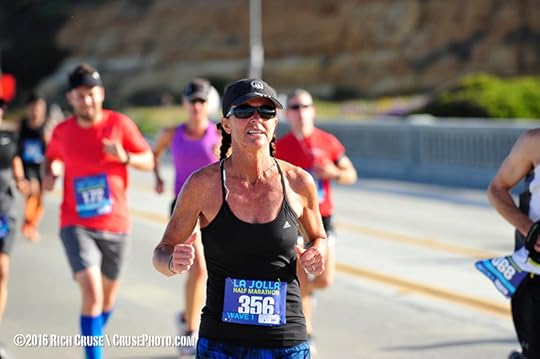
View Larger Image
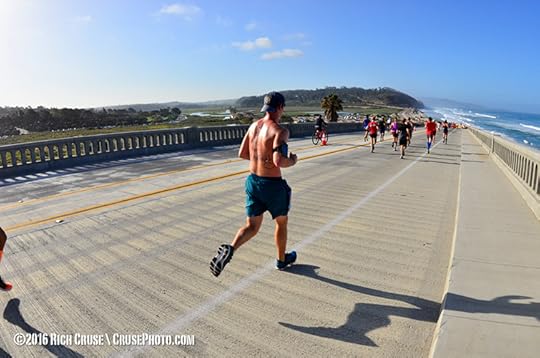
View Larger Image
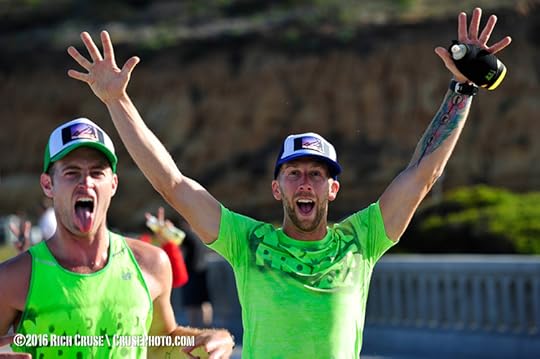
View Larger Image
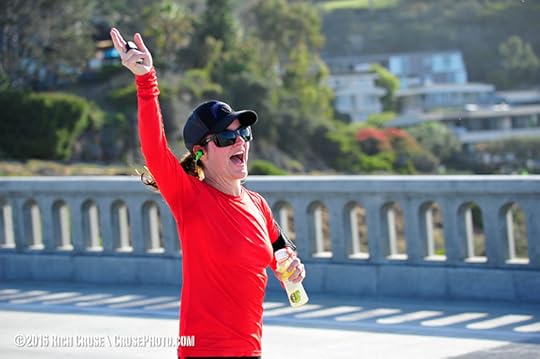
View Larger Image
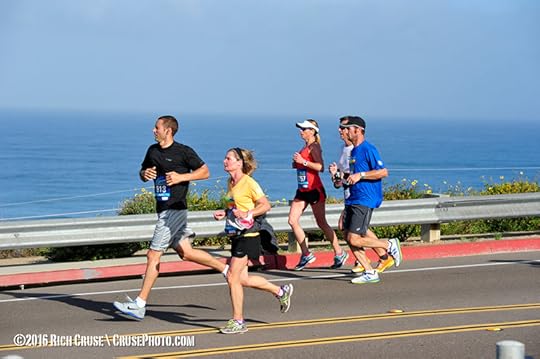
View Larger Image
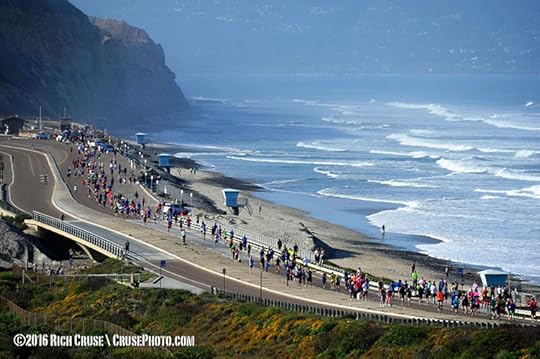
View Larger Image
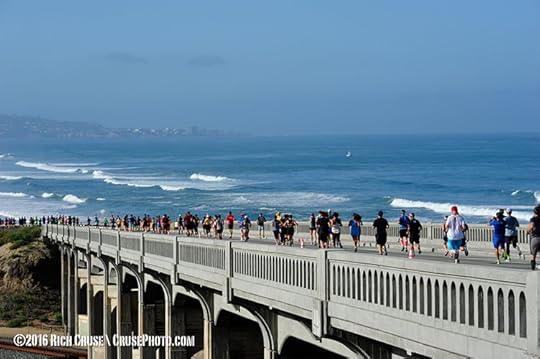
View Larger Image
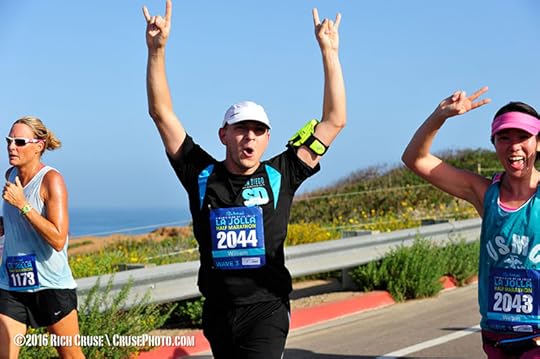
View Larger Image
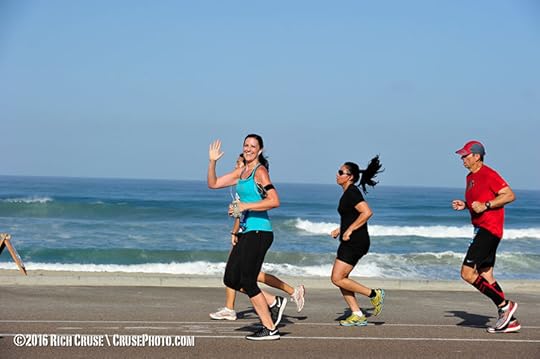
View Larger Image
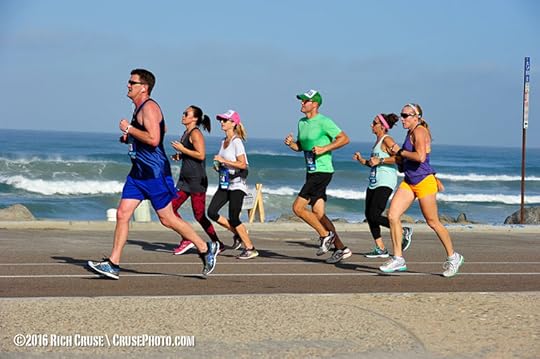
View Larger Image
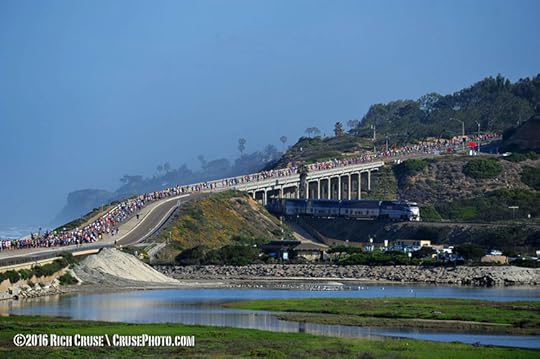
View Larger Image
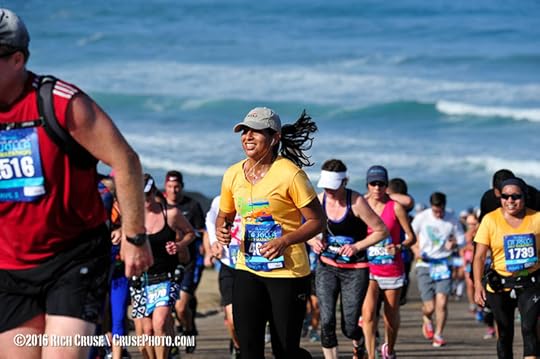
View Larger Image
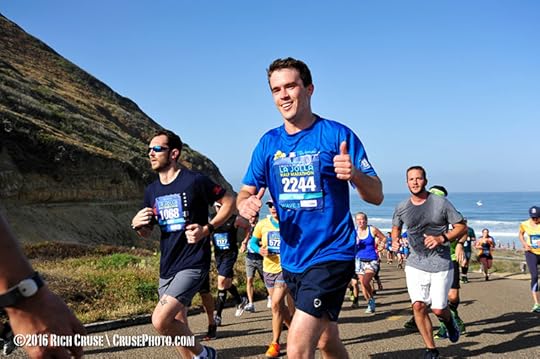
View Larger Image
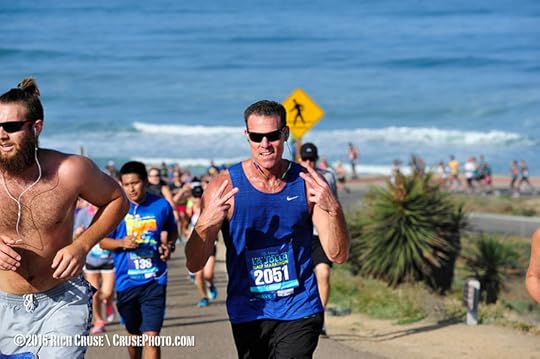
View Larger Image
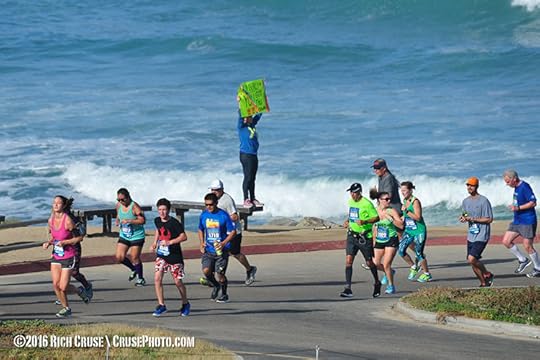
View Larger Image
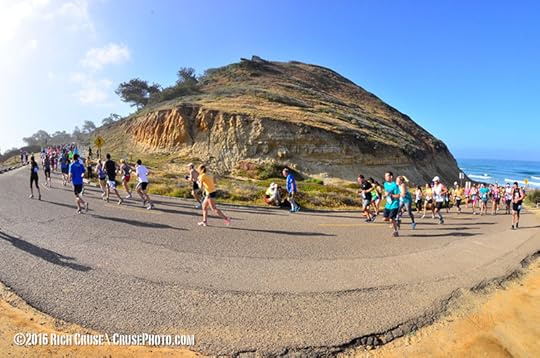
View Larger Image
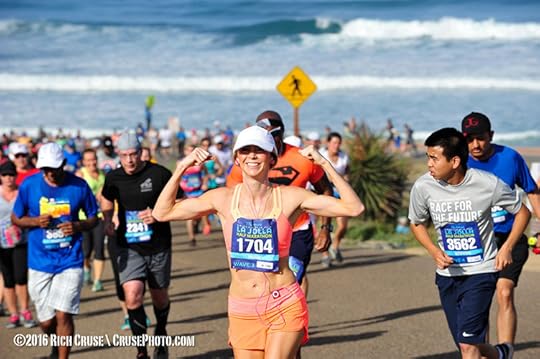
View Larger Image
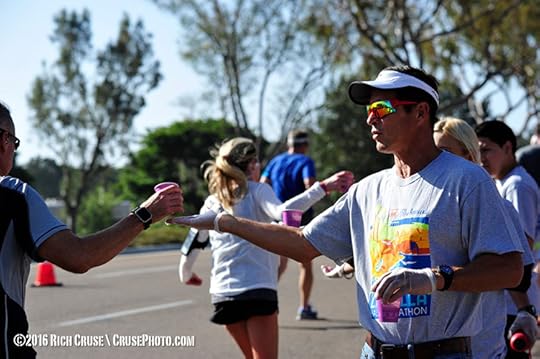
View Larger Image
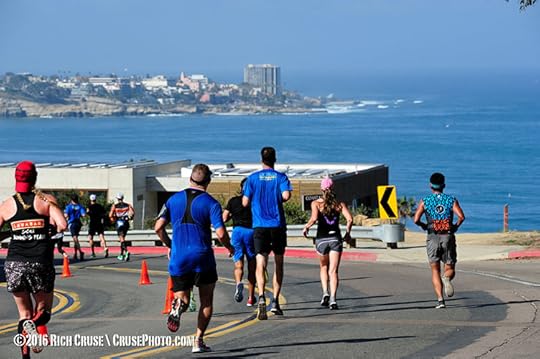
View Larger Image
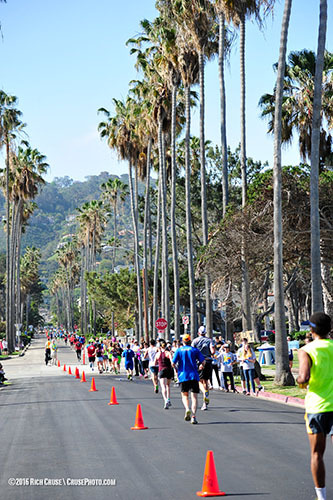
View Larger Image
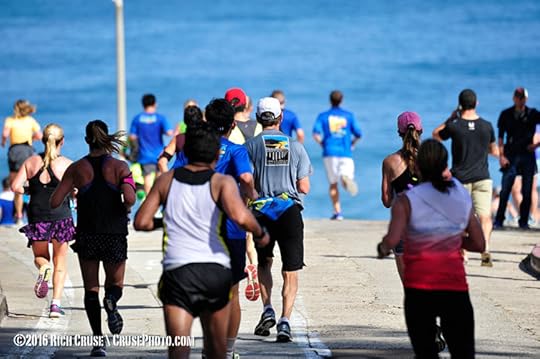
View Larger Image
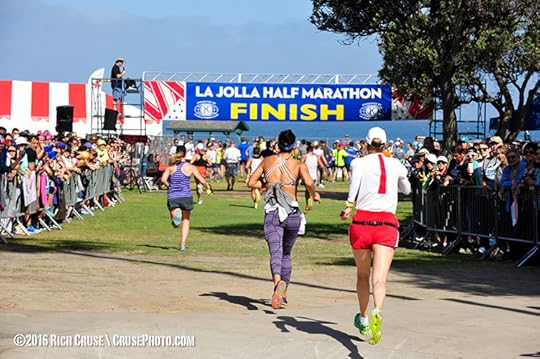
View Larger Image
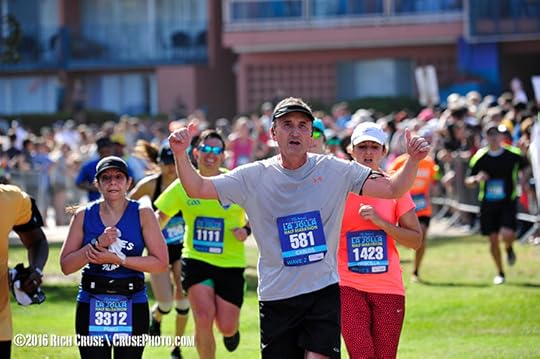
View Larger Image
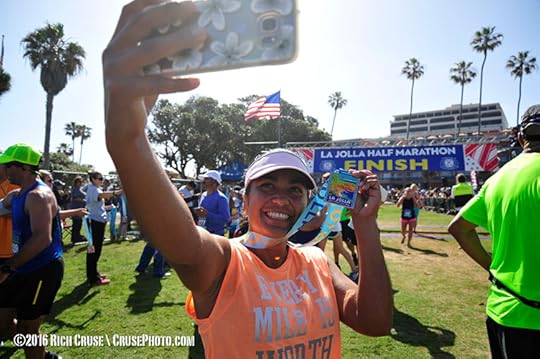
View Larger Image
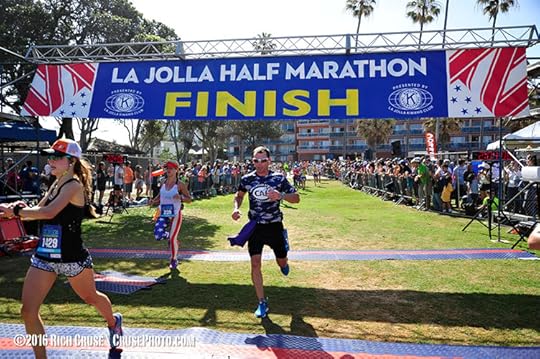
View Larger Image
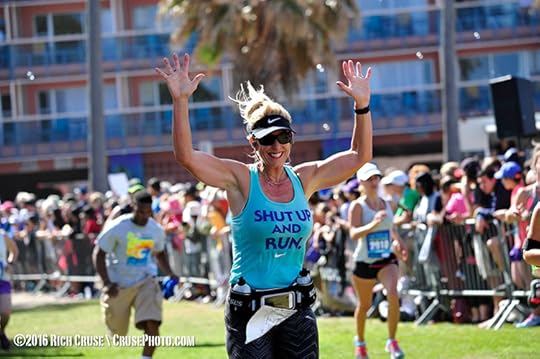
View Larger Image
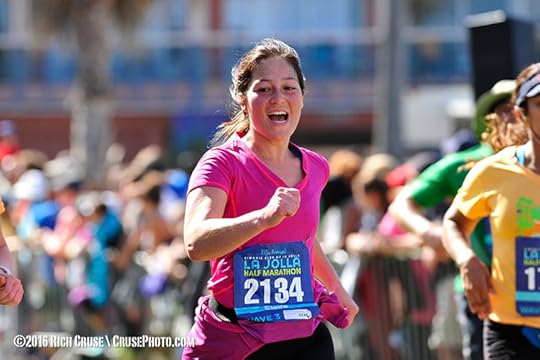
View Larger Image
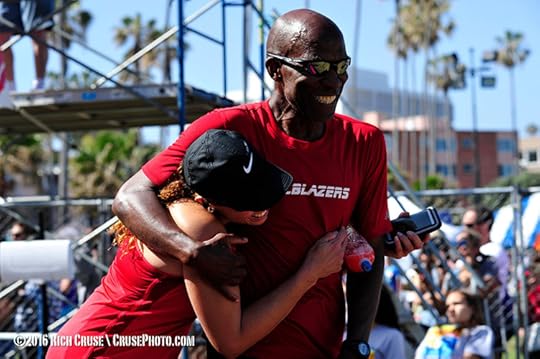
View Larger Image
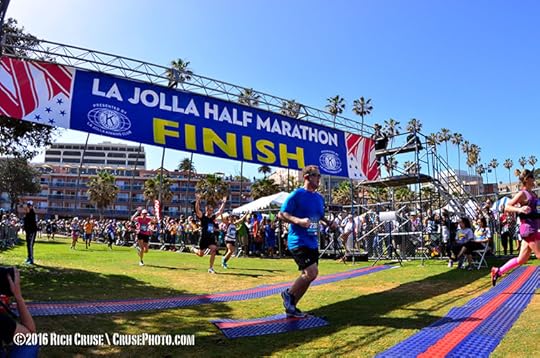
View Larger Image
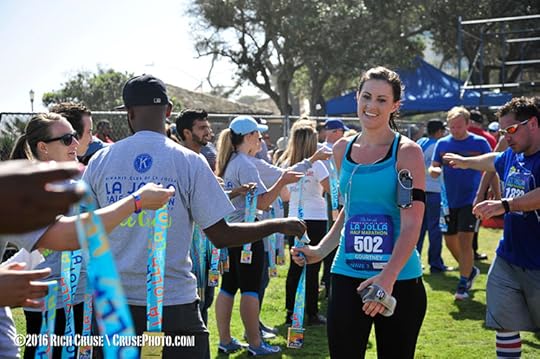
View Larger Image
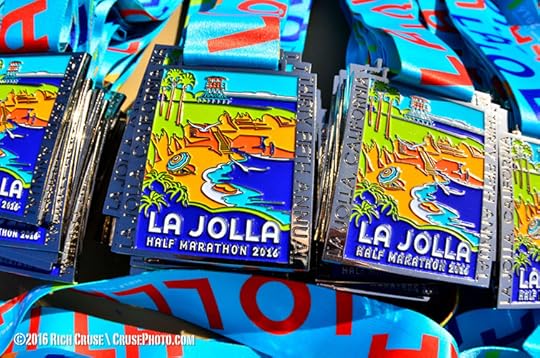
View Larger Image
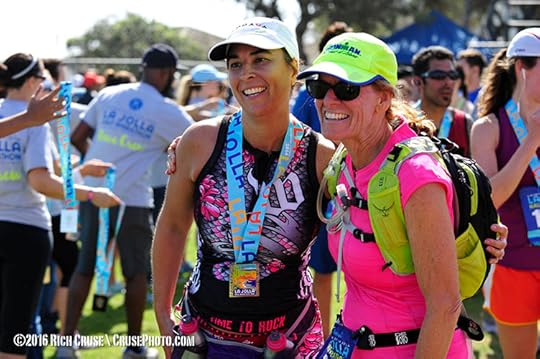
View Larger Image
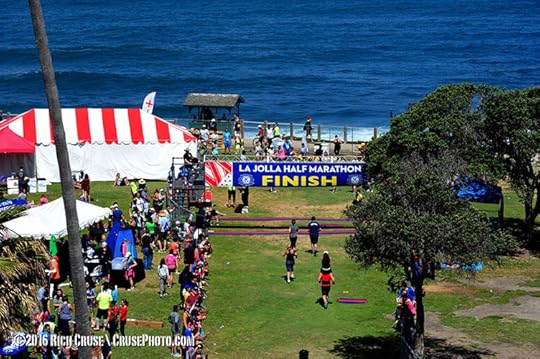
View Larger Image
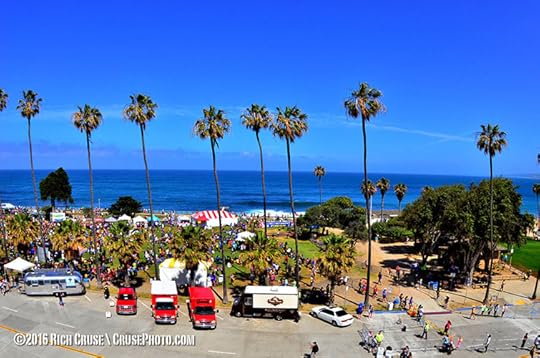
Related Galleries
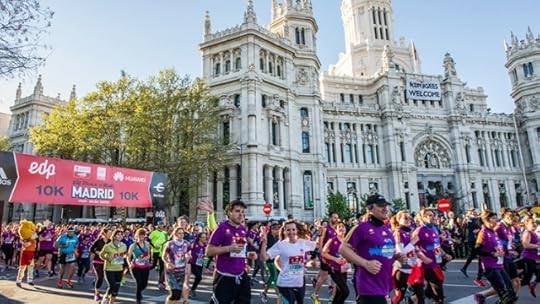
Photos: 2016 EDP Rock ‘n’ Roll Madrid Marathon
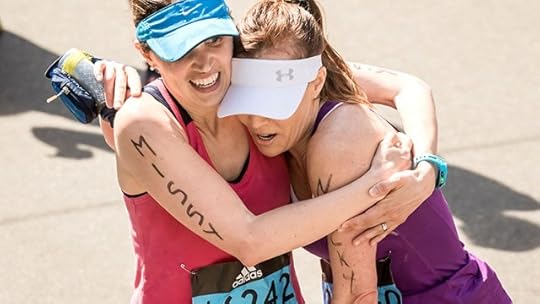
The Faces of Boston: Amazing Images from the 2016 Boston Marathon
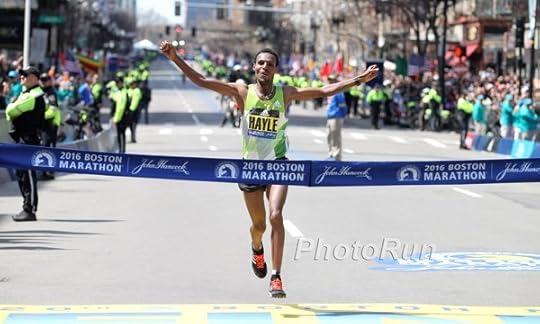
Photos: The 2016 Boston Marathon Elite Races
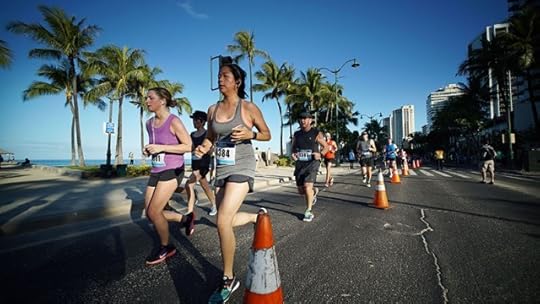
Photos: The 2016 Hapalua, Hawaii’s Half Marathon

More Galleries
The post Photos: The Beautiful Scenery of the La Jolla Half Marathon appeared first on Competitor.com.
Ryan Hall's Blog
- Ryan Hall's profile
- 21 followers



